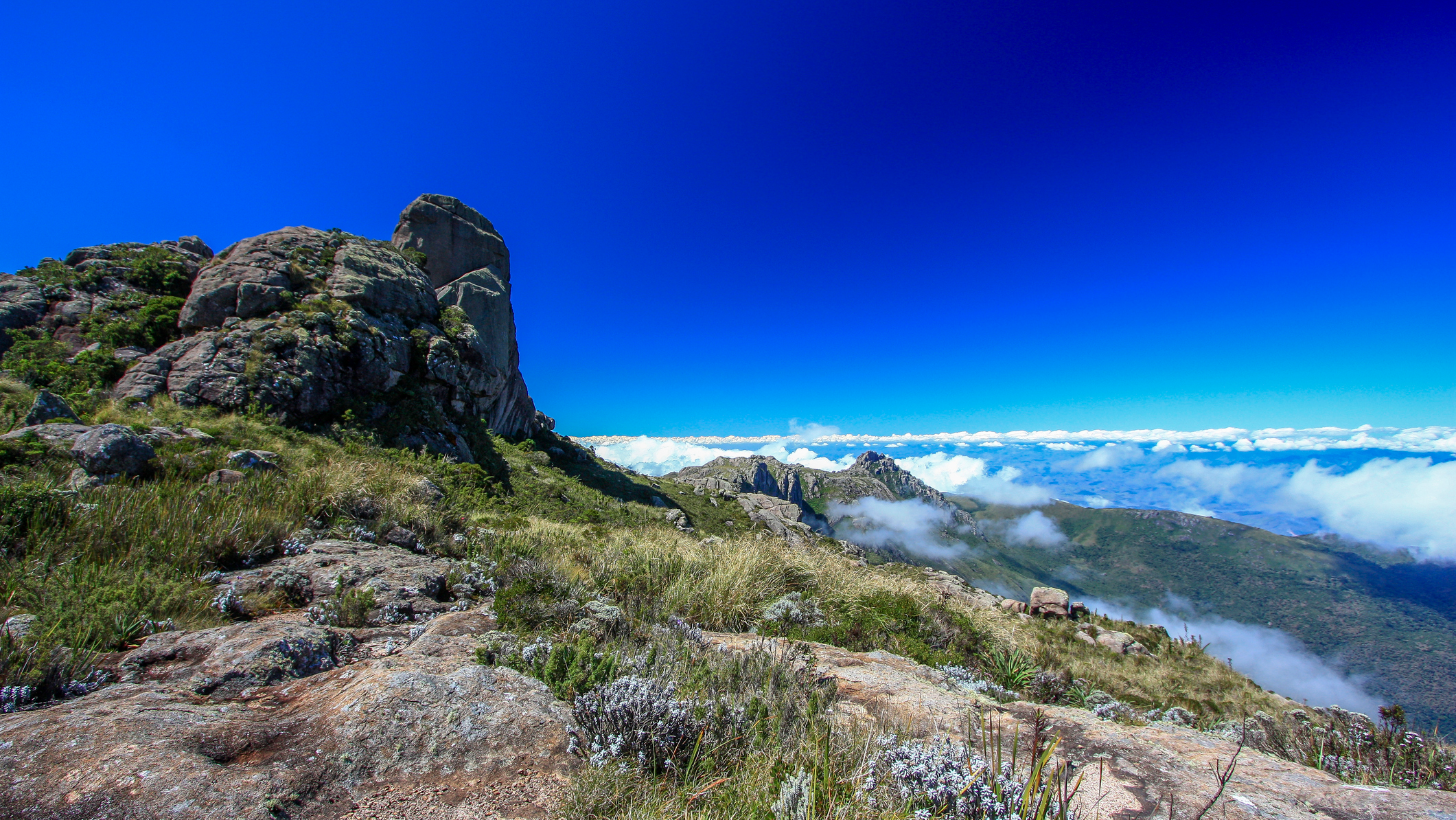How to wax skis for faster, smoother turns
Knowing when and how to wax skis keeps gliding faster and turning more smoothly on the hill as well as keeping you safe
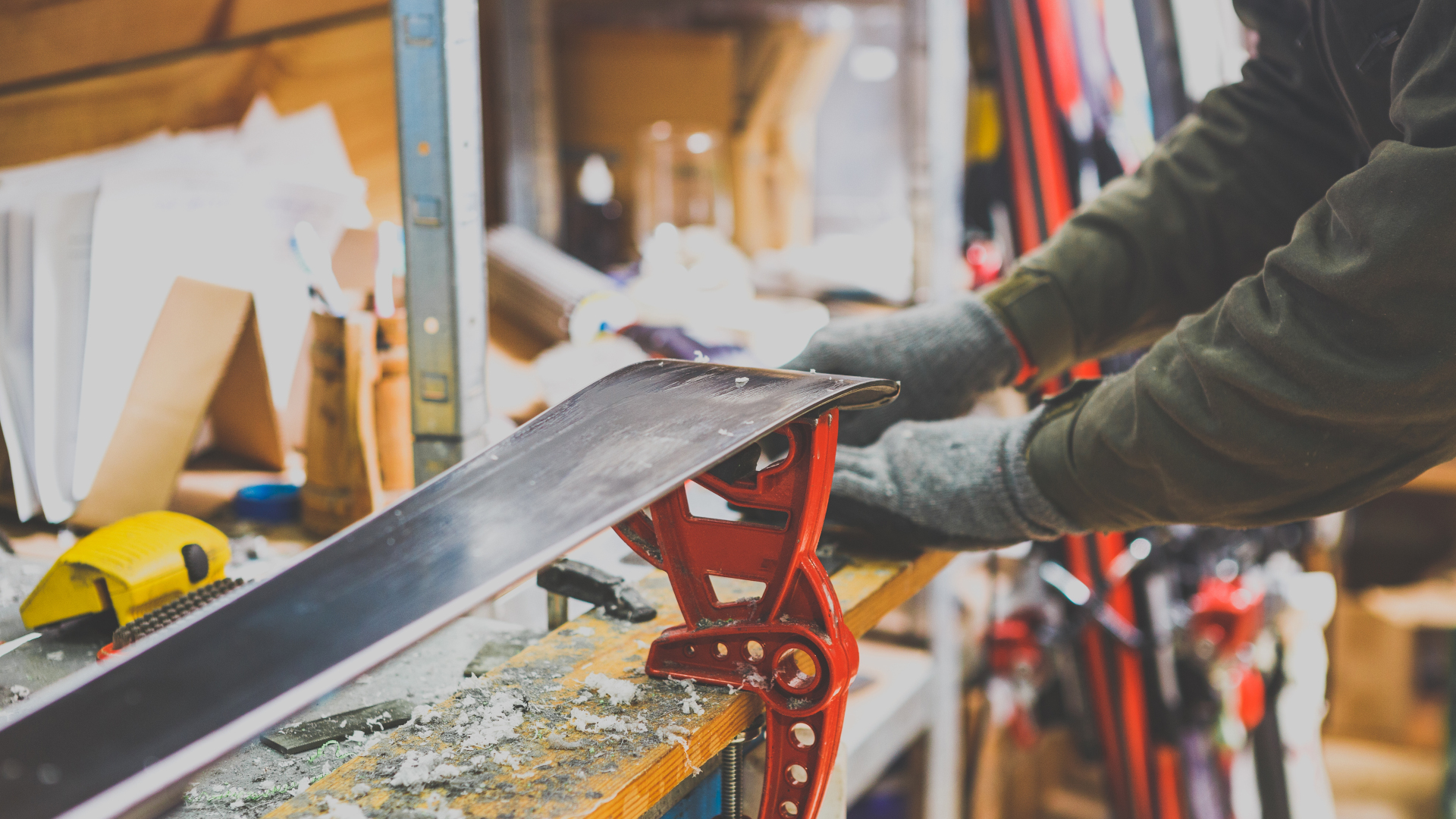
Your ski gear takes a real thrashing throughout the winter, whether it’s your ski gloves getting packed away wet or your skis losing their water resistance and getting scratched by rocks, and knowing how to wax skis is vital to keep them performing optimally. Waxing your skis regularly means you’ll glide faster and your turns will be smoother, as well as protecting the bottoms of your skis from damage. In this article, we run through why, when and how to wax skis.
Why do you need to wax your skis?
Unless you’re using fishscale skis, you’ll want to wax the bottom of your skis regularly for virtually any type of skiing. Waxing the bottom of your skis keeps them hydrophobic, which means they’ll resist water better. The more hydrophobic they are, the faster and smoother your skiing will be. If you don’t ever wax your skis, over time the base of your skis will dry out and shrink as it pulls away from the edges. Usually this just means your skiing isn’t as effortless, but in extreme cases the bottom could blow out if you hit a rock or are skiing in icy conditions.
So, waxing your skis helps with your performance, the condition of your skis and safety.
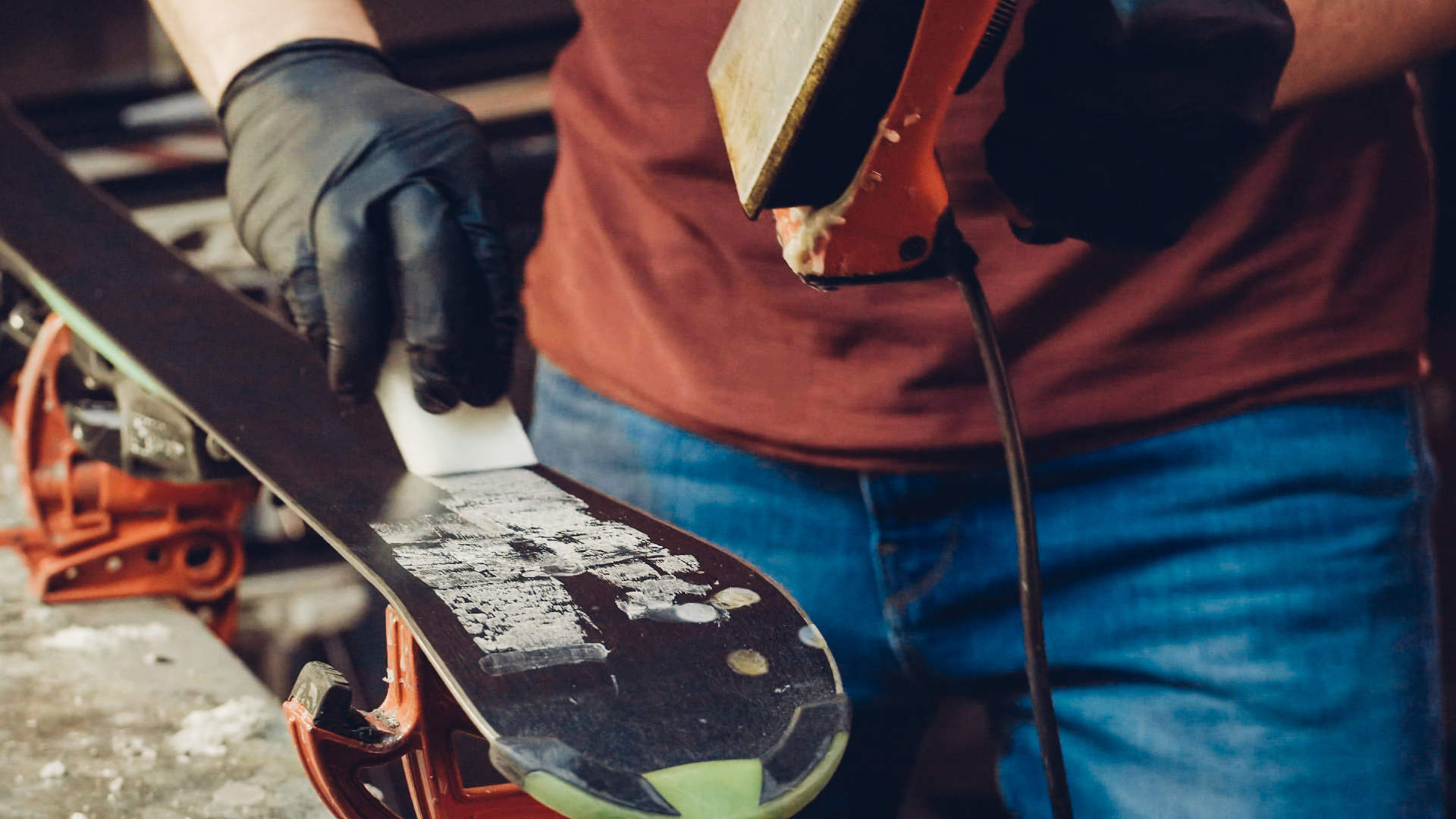
How do you know if your skis need to be waxed?
There’s no set timing for how often you should wax your skis. After all, it depends how much and how frequently you use them for one thing. Some diehards insist that you need to wax your skis every week, while many people just opt for once at the beginning of the season and once at the end before you store them.
There are two signs your skis could do with a wax, however. When your skis need waxed, the bottoms will start to discolor and fade, looking a bit chalky. Also, you might notice that they feel a bit sticky underfoot. If you are mid season and notice either of these indications, it’s time to get the wax out.
How to wax skis: what you’ll need
- Clean towels
- Ski wax
- Rubbing alcohol
- Plastic scraper
- Nylon and horsehair brushes
- Waxing iron (don’t use your regular clothing iron)
How to wax skis
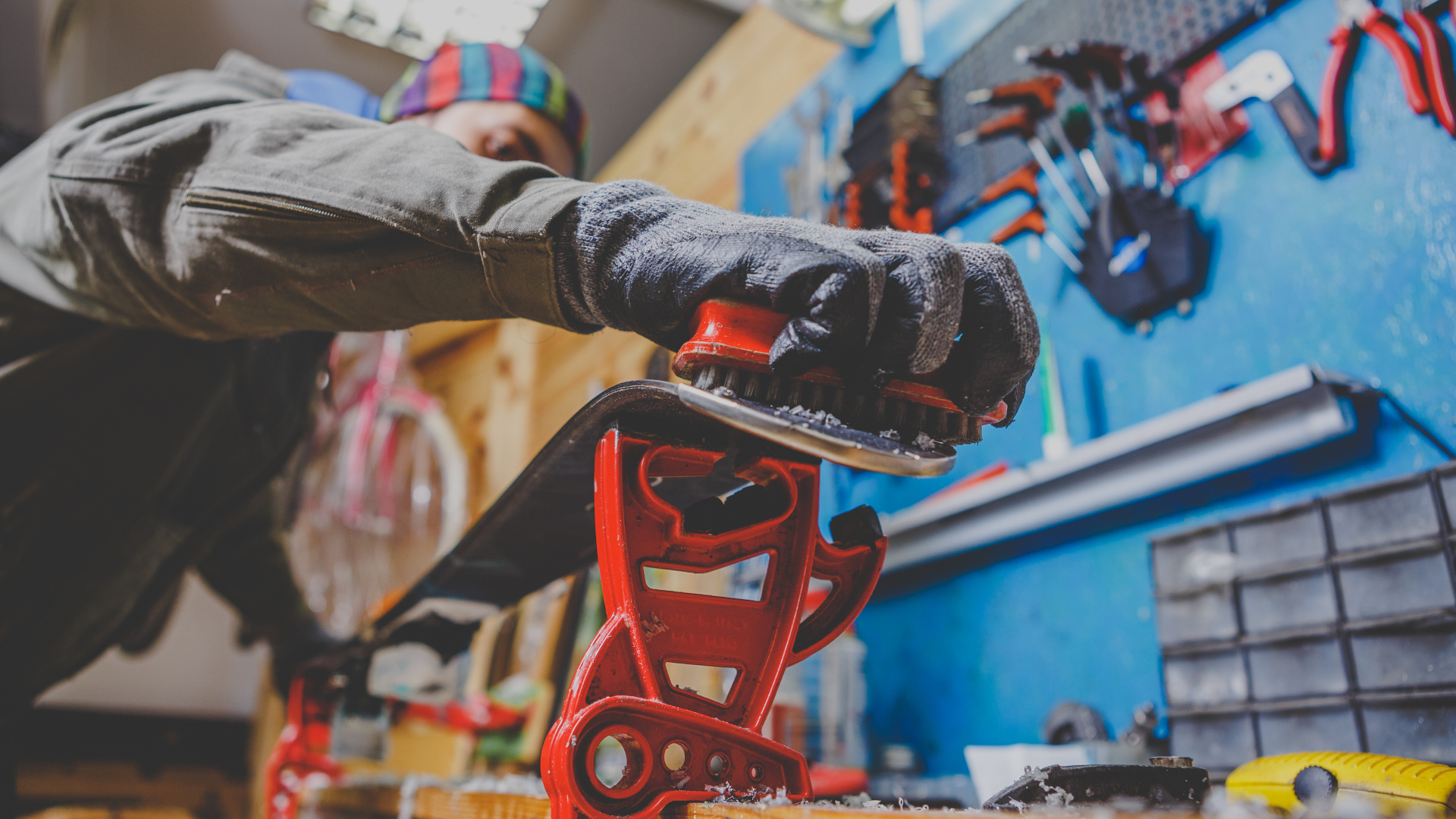
1. Prepare your skis
First, lock your ski brakes up so they’re out of the way once you flip your skis over. Next, place one ski bottom side up on a vice if you have one, or stack it on books or bricks.
2. Clean your skis
To prepare your ski for waxing, clean the bottom thoroughly using a clean towel and rubbing alcohol. If there’s any chunks of dirt, brush it off first with a nylon brush.
Advnture Newsletter
All the latest inspiration, tips and guides to help you plan your next Advnture!
3. Apply the wax
Heat the iron, then press the block of wax against the iron, holding it over the ski. If the wax smokes, it’s too hot and you should turn the iron off and let it cool, then start again. Let the wax drip down onto the ski in a long line from tip to tail.
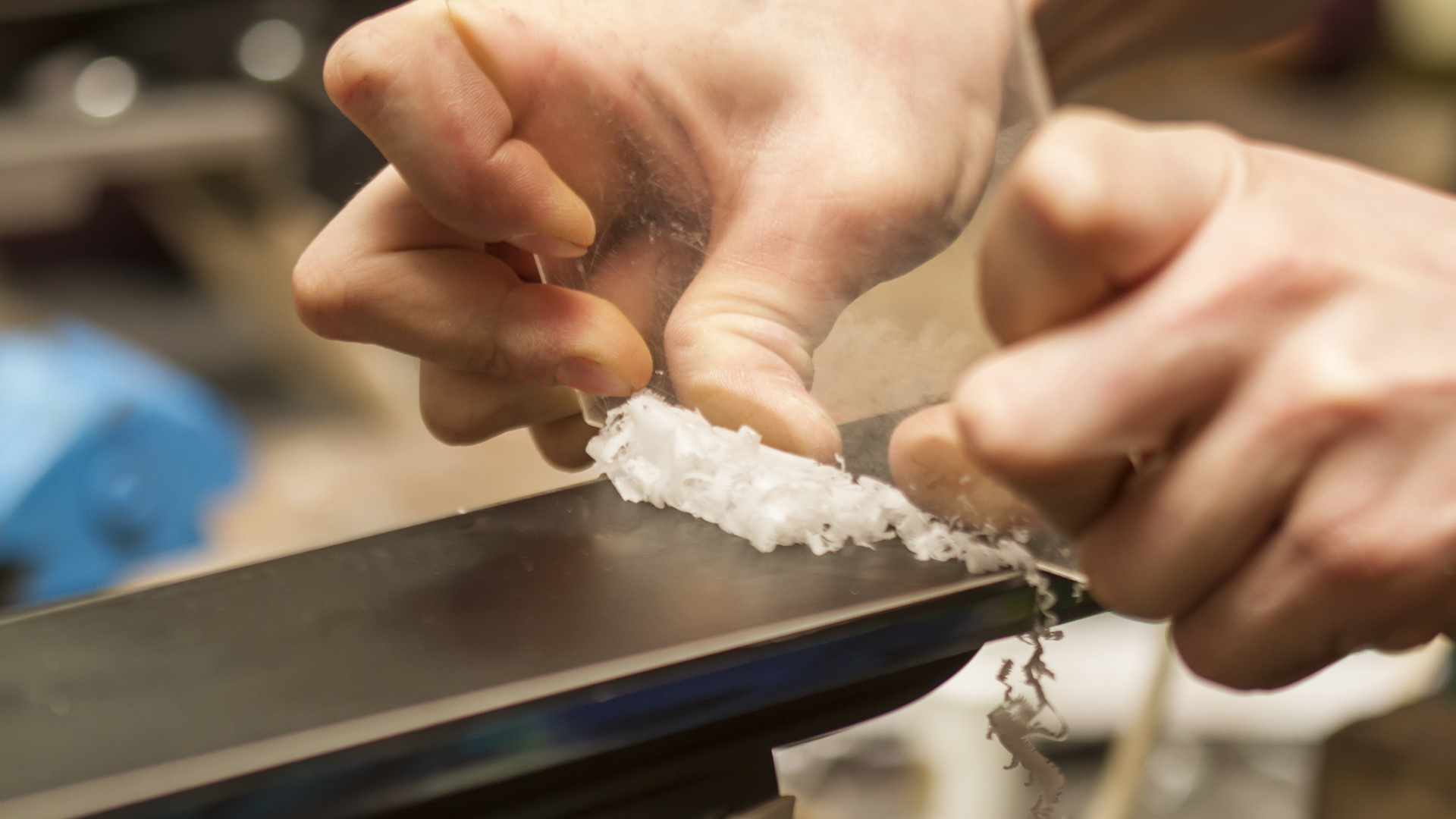
4. Work the wax into your skis
Next, run the iron over the bottom of the ski 3-4 times to spread the wax evenly across it. By the time you’ve finished, the top side of the ski (where your bindings are) should feel warm to touch.
While it’s cooling, do the other ski.
5. Scrape the wax off
When the wax has cooled and hardened, use the plastic scraper to scrape off all the excess wax from the bottom and sides and edges of the skis. Be thorough.
6. Polish your skis
Finally, pass over your ski bottoms several times with your nylon brush to clear the wax from the porous structure, then vigorously polish the bottoms with your horsehair brush.
Looking for other ski gear tips? Make sure to read out articles on how to stop ski goggles from fogging and how to wash ski gloves to keep your kit in tip top shape all season long.
Julia Clarke is a staff writer for Advnture.com and the author of the book Restorative Yoga for Beginners. She loves to explore mountains on foot, bike, skis and belay and then recover on the the yoga mat. Julia graduated with a degree in journalism in 2004 and spent eight years working as a radio presenter in Kansas City, Vermont, Boston and New York City before discovering the joys of the Rocky Mountains. She then detoured west to Colorado and enjoyed 11 years teaching yoga in Vail before returning to her hometown of Glasgow, Scotland in 2020 to focus on family and writing.

